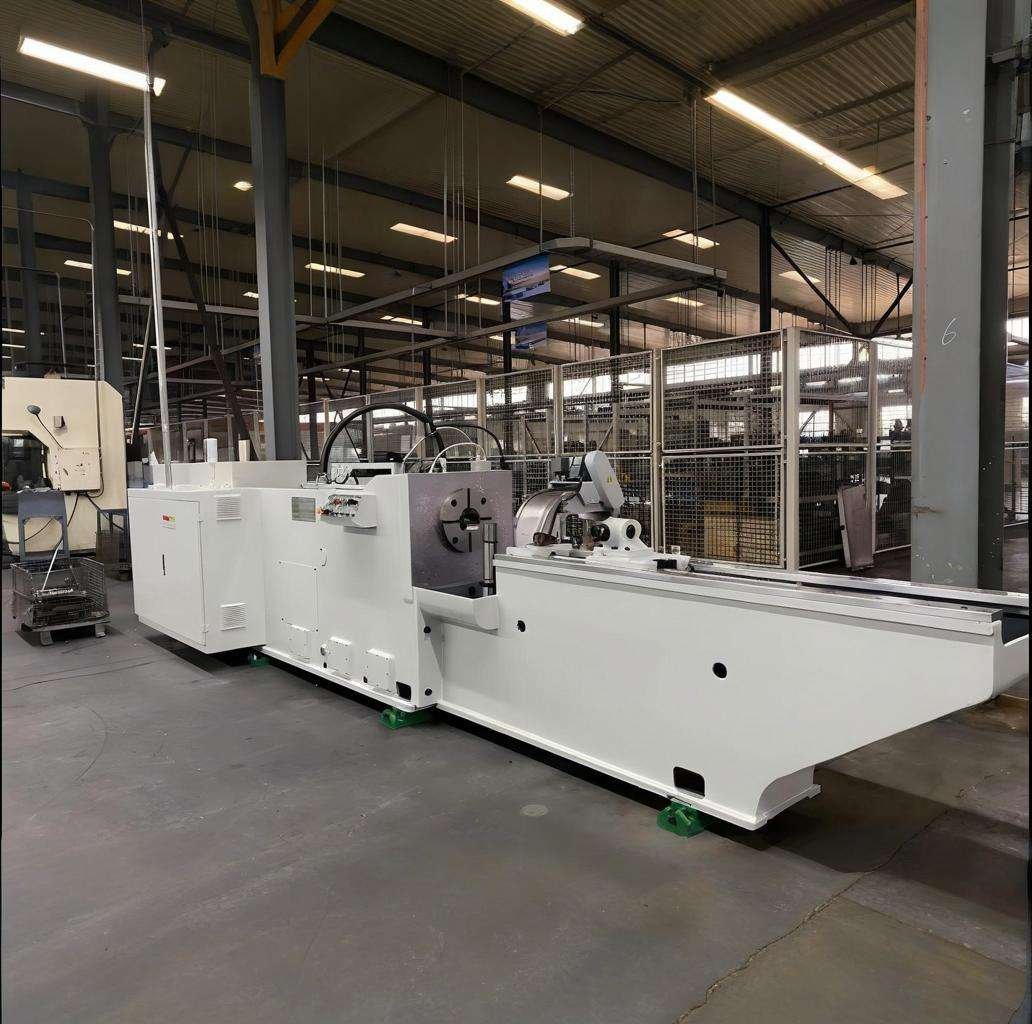Imagine a bustling city where every building relies on its own private water tank. It works fine for a while, but as the city grows, managing water distribution becomes chaotic—overflow here, shortage there. Now imagine a central water system supplying all buildings equally, ensuring balance and efficiency.
That’s the challenge developers face with state management in modern user interfaces. Without a shared system, data becomes fragmented. With Context and Hooks in React, however, state flows like water through well-designed pipelines, keeping even the most complex UIs consistent and manageable.
The Problem with Prop Drilling
In React, passing state down through multiple layers of components—known as prop drilling—often feels like playing a game of broken telephone. Each handoff increases the risk of confusion, redundancy, and errors.
Imagine trying to pass a note through a crowd. By the time it reaches the last person, the message might be garbled. That’s what happens when a state has to move down five or six levels, especially in large applications.
To avoid this chaos, developers turn to Context, which provides a single source of truth accessible across multiple components without the endless passing of props.
Context: The Central Reservoir
Context is like the city’s central water supply—one dependable source that everyone can access. By wrapping components inside a provider, you allow them to consume state directly, no matter where they sit in the component tree.
This eliminates the inefficiency of repeatedly passing props and ensures every part of the application draws from the same well. It’s especially powerful for data like user authentication, themes, or language settings—values that need to be shared universally across the app.
Learners in full-stack developer classes often find Context an eye-opener. It simplifies state distribution and shows how modern React tools solve real-world scalability challenges.
Hooks: The Plumbing That Keeps Things Flowing
If Context is the reservoir, Hooks are the plumbing. Hooks like useState, useContext, and useReducer manage how your state flows through the system.
- useState: Handles local state changes, ideal for individual taps.
- useContext: Connects components directly to the reservoir, bypassing prop drilling.
- useReducer: Provides advanced control for complex state logic, like regulating pressure in a big network.
By combining Hooks with Context, developers can handle both simple and advanced use cases without cluttering codebases. The result is cleaner, more predictable, and easier-to-maintain UI logic.
Scaling to Complex Applications
As applications grow, state management becomes more demanding. Think of a city expanding into suburbs—new pipelines, new neighbourhoods, more demand. Without careful planning, the system collapses under its own weight.
Context and Hooks provide flexibility to scale. They keep the global state accessible while allowing developers to modularise logic. Instead of relying on heavyweight libraries for every problem, teams can build scalable solutions using React’s built-in tools.
In practice-focused full-stack developer classes, students are often encouraged to build projects where Context and Hooks work together, simulating the challenges of scaling real-world applications.
Balancing Simplicity and Power
While Context and Hooks are powerful, they’re not silver bullets. Overusing Context for highly dynamic data can hurt performance, as every change re-renders consumers. For massive, data-heavy apps, external libraries like Redux or Zustand may still be necessary.
The key lies in balance. Use Context for shared, relatively stable values, and Hooks for flexible state control. Together, they give developers a lightweight yet robust toolkit for tackling most UI challenges.
Conclusion
Managing state in complex UIs is like running a city’s infrastructure—it requires clarity, efficiency, and scalability. Context acts as the reservoir, Hooks as the plumbing, and together they create a system where data flows seamlessly, keeping applications stable and user-friendly.
For developers, mastering these tools means moving beyond patchwork solutions into modern, scalable design. By understanding when and how to use Context and Hooks, you build not just applications but ecosystems—resilient, adaptable, and ready for growth.










